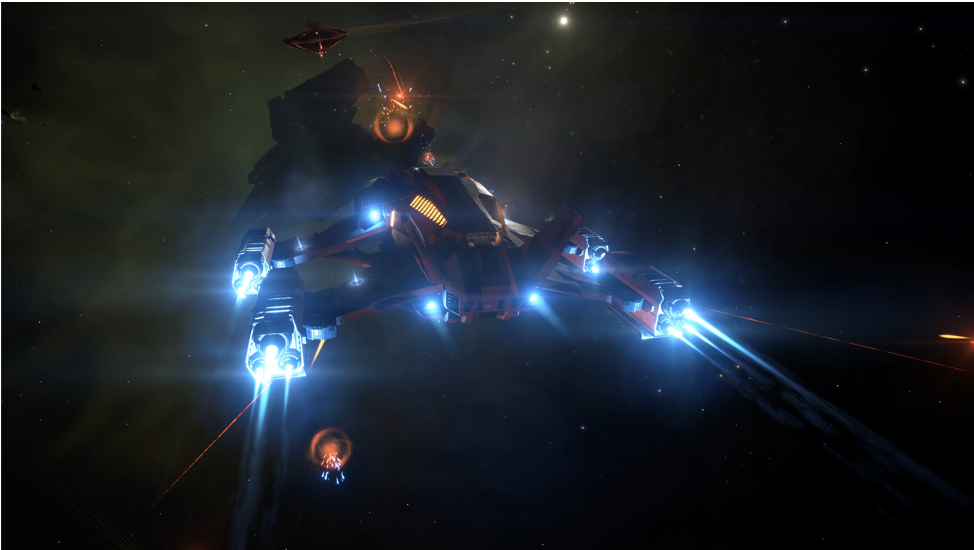Presented by Intel
Few embrace the games-as-service model as well as Elite: Dangerous. Four years after launching the multiplayer space sim, Frontier Developments is still hard at work on making free and substantial updates, giving players new reasons to come back to its carefully crafted universe again and again.

Unlock premium content and VIP community perks with GB M A X!
Join now to enjoy our free and premium membership perks.
![]()

![]()